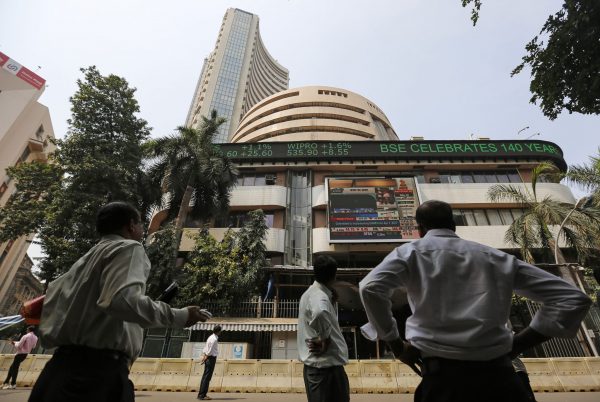The government and policymakers in India have recently expressed their discontent with the global CRAs for not upgrading India’s credit rating, despite the economy showing some strong macroeconomic fundamentals over the past few years. The last upgrade in India’s credit rating took place in 2007, and since then CRAs have maintained the status quo at BBB-, moderate credit risk. While there has been a significant improvement in macroeconomic indicators, the actual reasons for these changes are not very promising.
The large fall in the current account defecit (CAD) was mainly due to an oil price crash, and not because of surplus in the trade balance. The fall in oil prices was not passed on to consumers, rather the government hiked excise duties on petrol and diesel. The huge revenues collected helped to reduce the CAD and improve fiscal balance. The road to fiscal consolidation was also helped by a push from the spectrum auction in March 2015, which generated approximately Rs 1.10 trillion (US$17 billion) for the government.
But oil prices have picked up quite substantially in the last year and are on an upward trend, which is negatively affecting both the current account and fiscal balance. Further, the ratio of foreign exchange reserves to total debt has decreased from 115.6 per cent in 2007 to 74.2 per cent in 2016, whereas the external debt-to-GDP ratio increased from 17.5 per cent to 23.7 per cent. These developments do not improve the case for an upgrade, though the Indian economy is more robust today than before.
Despite this context, India’s Economic Survey 2016–17 noted a bias in perceptions about the Indian economy by international CRAs. More recently, India’s Chief Economic Advisor Arvind Subramanian reiterated the inconsistent standards of CRAs.
Many countries have been experiencing a deterioration of their debt-to-GDP ratios due to high external debts, such as Japan, Singapore, the United States and Spain, with debt-to-gdp ratios of 239.2 per cent, 112 per cent, 107 per cent and 99 per cent in 2016 respectively. India’s dept-to-GDP ratio is substantially lower. But rating agencies do not downgrade the ratings of these countries because of their sound financial sectors, capacity to absorb shocks and other macroeconomic fundamentals. These factors also make comparison with India problematic.
So how does India compare to other emerging market economies (EMEs)? There are few other EMEs that also have BBB- ratings, but the performance of the Indian economy has been comparatively stronger in recent years than those that do. For instance, the GDP growth rate of India over the last three years has averaged around 7.3 per cent, while other BBB- rated economies like Hungary, Indonesia, Italy and Uruguay have averaged 3.06 per cent, 4.96 per cent, 0.59 per cent and 1.88 per cent respectively. And Russia’s GDP contracted by 0.79 per cent. So India has outpaced similar economies in the same rating bracket.
On the inflation side, India has also performed better than Indonesia, Russia and Uruguay. And with regards to gross government debt-to-GDP ratios, India is better placed than countries like Hungary and Italy, with ratios of 74.19 per cent and 132.60 per cent in 2016 respectively.
Given these comparisons, India’s credit rating seems somewhat unfair, particularly when the economy is growing strongly and the country has never defaulted. The current rating of BBB- does not reflect the stability of the Indian economy and prevailing positive investor sentiments, along with the country’s stable political environment.
Given its upward growth trajectory, stable external sector and active inflation targeting, India deserves an upgrade both on its individual merit as well as in comparison to other countries that have shown fragility amidst a slowdown of the global economy.
Pravakar Sahoo is a professor at the Institute of Economic Growth in Delhi.
Bhavesh Garg is a researcher at the Indian Institute of Technology in Hyderabad.

